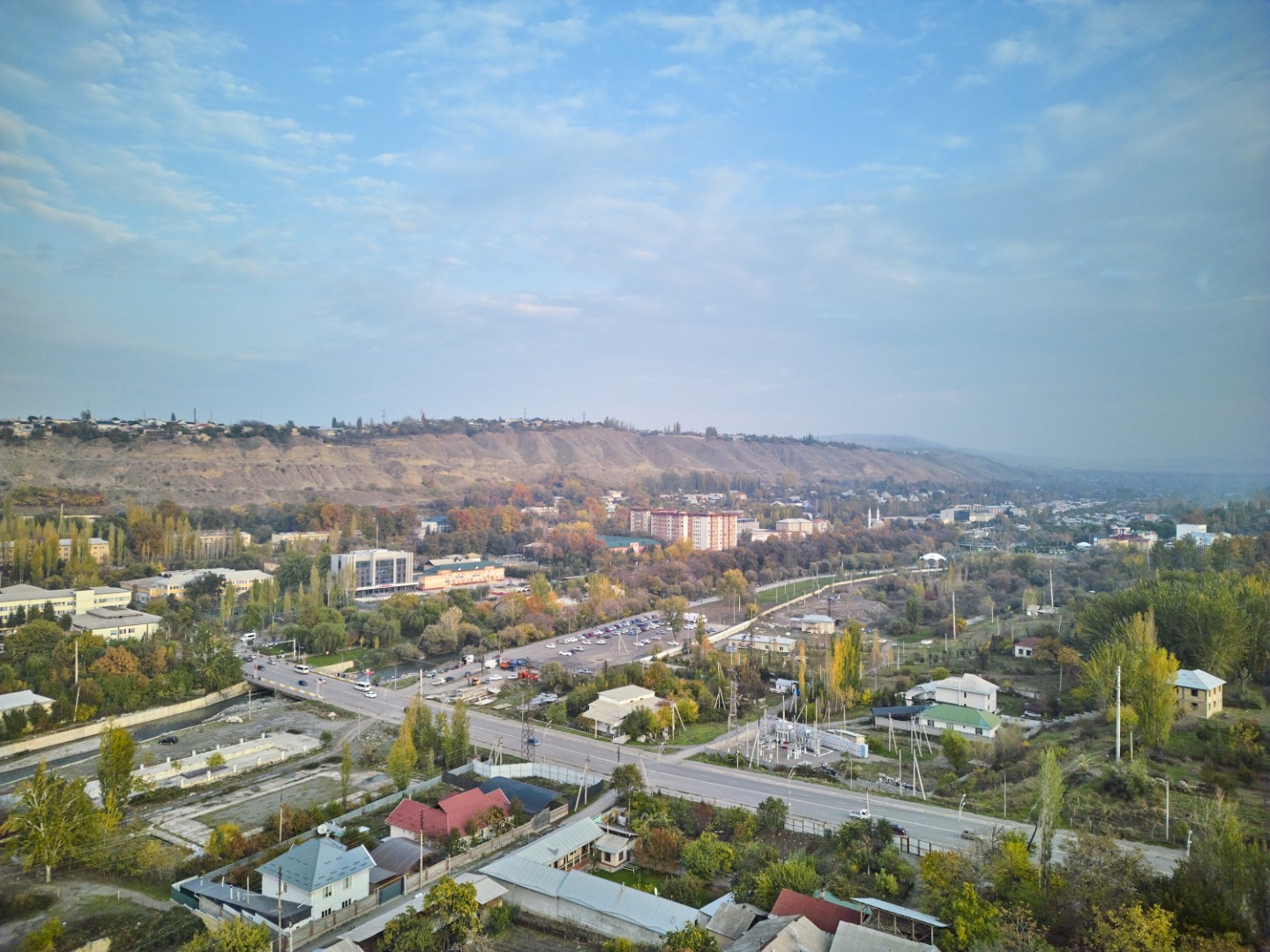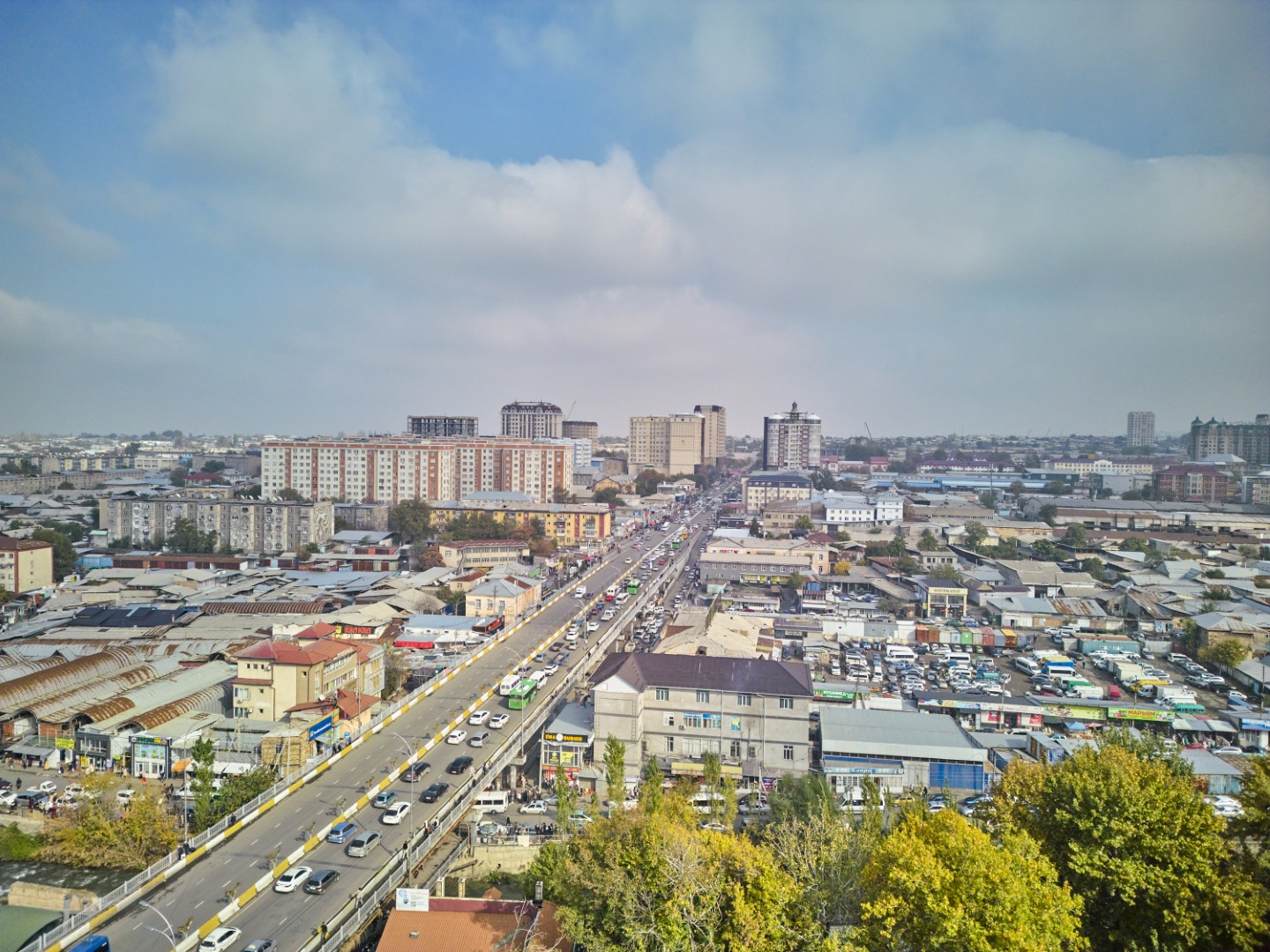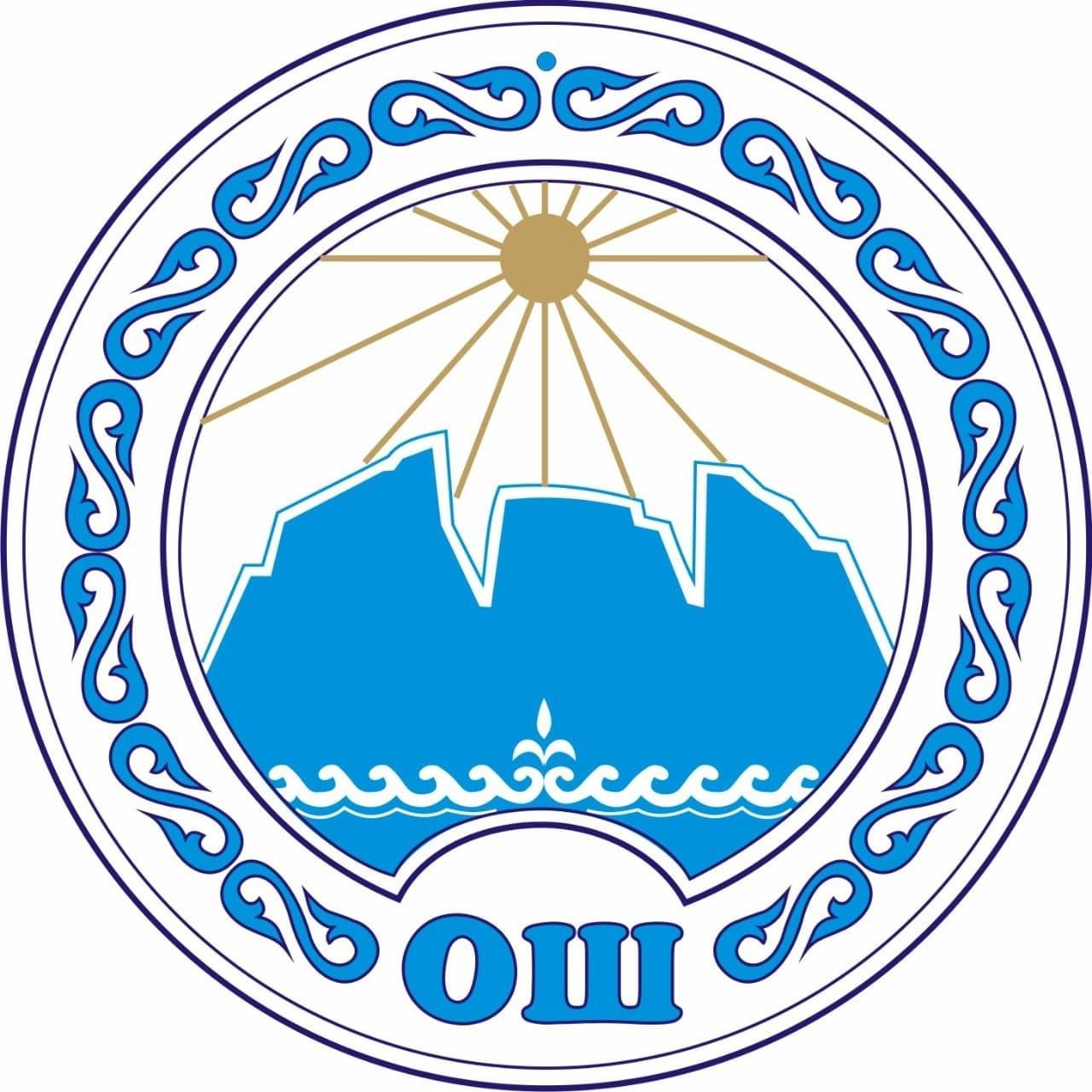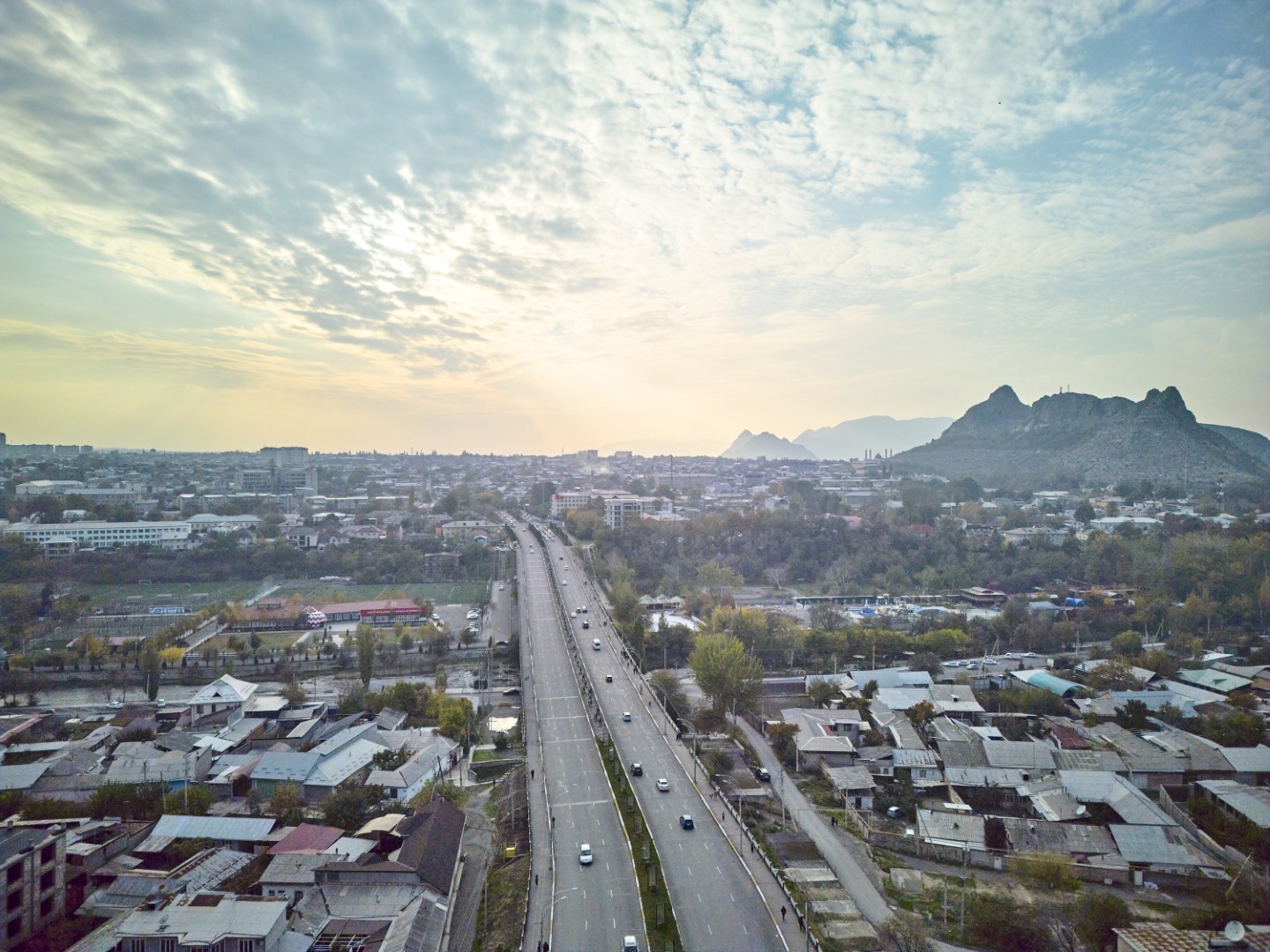
Bridges and Ak-Buura
Osh is a city of countless small bridges. Walking around the city, we often do not notice that we are crossing them, and that below us are numerous canals. Most of the bridges are located on the Ak-Buura River. It flows through the center of Osh, dividing the city into right and left banks. At the beginning of the 20th century before the modern bridges were built, Osh was split into halves by the wide expanse of water.
The most famous bridge is the new Dostuk trestle bridge on Navoy Street, closely adjoining the old bazaar. The trestle bridge was built in 2015 and is the largest bridge in Osh. Previously, there was a bridge in the area of the old bus station, under which ran the first underground pedestrian crossing in Kyrgyzstan.
Another large bridge is located on Rysbai Abdykadyrov Street and is called the “new bridge,” although it was built in the 1980s. Until 2015, it was the largest two-way bridge. It has long been a favorite location for filming wedding processions.
Two more large bridges connecting the right and left banks of the Ak-Buura are located on Kara-Suu street in the area of the old bazaar, and on Golubev street. They were built in the 1960s.
Bridges play an important role in connecting urban micro-districts and residential quarters, because the Ak-Buura River is quite full-flowing and wide. It originates in the northern slopes of the Alai Range, where, at its source, it is called Kichi-Alai. Among its largest tributaries are Zhyptyk-Suu, Chugam, Chal-Kuiruk, Kaiyndy, Taldy-Bulak and Kyrk-Kochu. The main source of the river is snowmelt and glacial runoff. The Ak-Buura flows a distance of 148 kilometres, with a total water catchment area of 253 cubic meters. It is itself a tributary of the Kara-Darya River.
The Ak-Buura belongs to the Tien Shan type of river, with high water levels from April through September. The city of Osh and the villages of Papan and Toloikon are located along its course.

Other Experiences
-
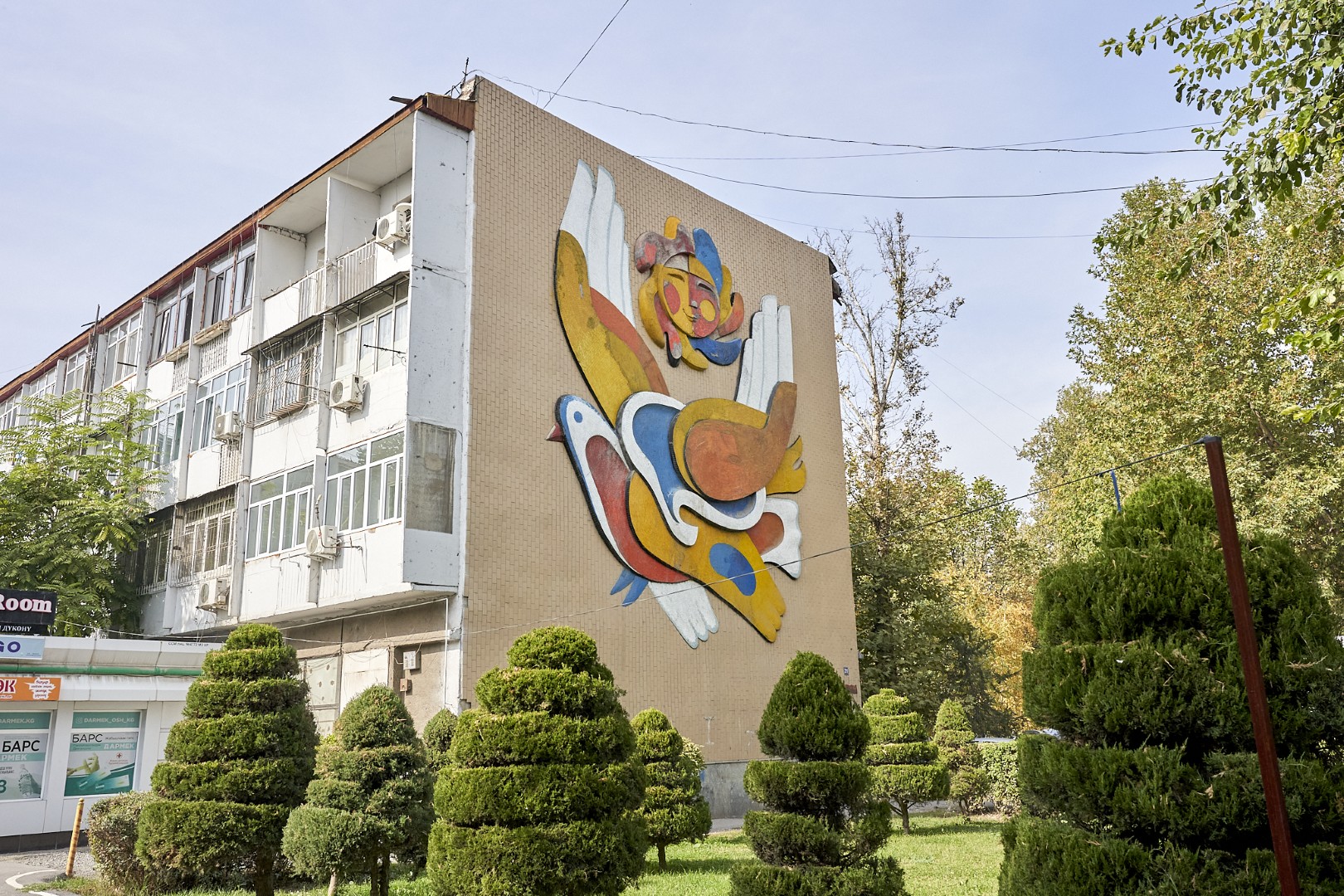
Mosaics as symbols of the era
Monumental mosaics, still preserved on some buildings in Osh, are an instantly-recognizable hallmark of the Soviet period in the history of the city. The first…
-
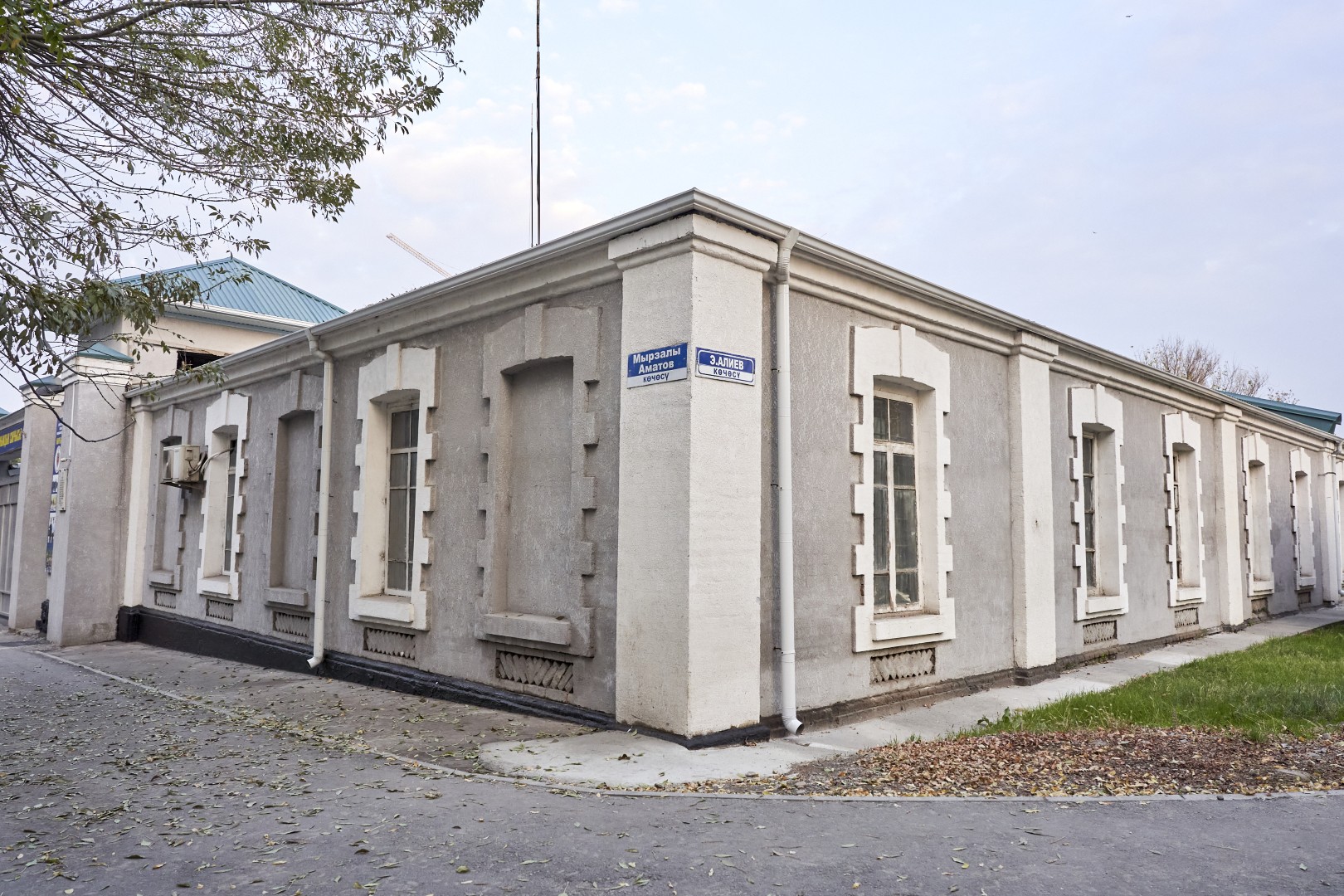
Osh Fortress
The Osh fortress was built in 1919 on the site of the former Tsarist Russian military barracks, located in the very center of the “new…
-

Soviet city near the Alai Mountains
Welcome to Soviet Osh! The current appearance of the city was largely formed during that period. The Second World War delayed the realization of the…
-
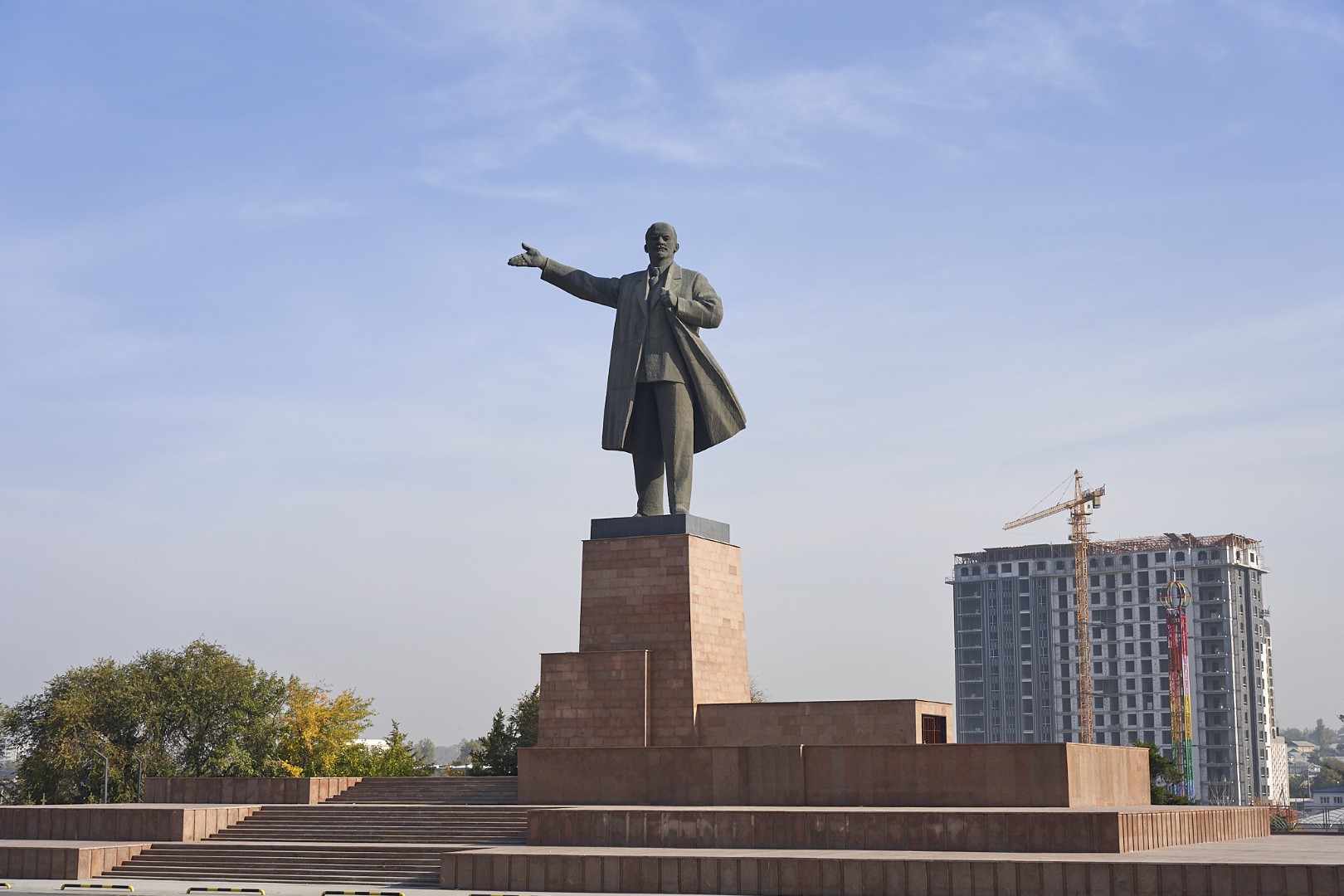
Monuments as symbols of changing eras
An imposing monument to Communist leader Vladimir Lenin, erected in May 1985, still stands in Osh’s central square. The statue itself is 11 metres high…
Other Locations
-

Rock Carvings
Petroglyphs, visual remnants of Osh’s millennia-old history, can be found almost everywhere on Suleiman Mountain. They are most numerous on the southern, eastern, southeastern and…
-
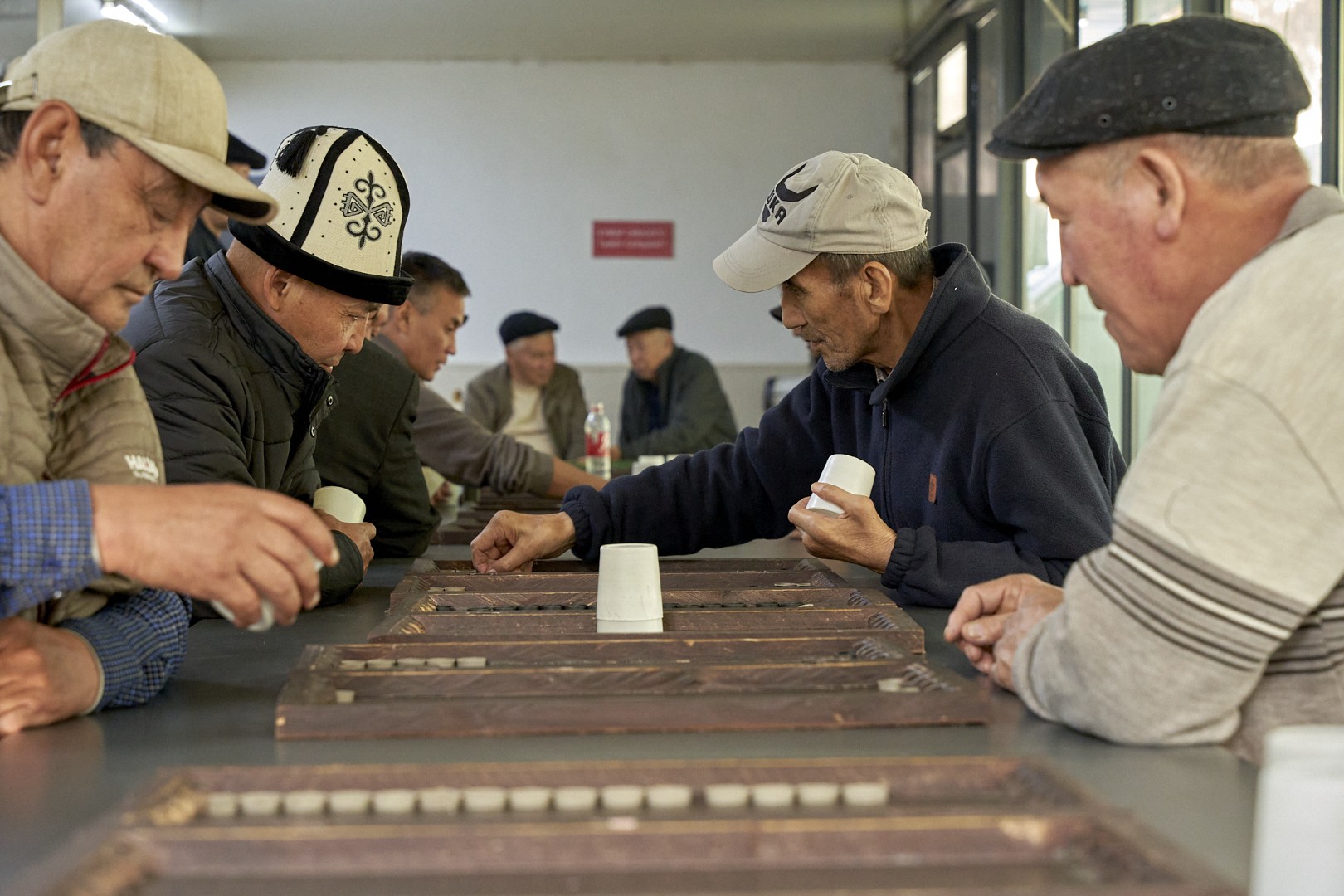
Diversity
Start your leisurely stroll through the old bazaar with a piala, the traditional teacup, of fragrant green tea. Stop by one of the local teahouses…
-

Osh Fortress
The Osh fortress was built in 1919 on the site of the former Tsarist Russian military barracks, located in the very center of the “new…
-
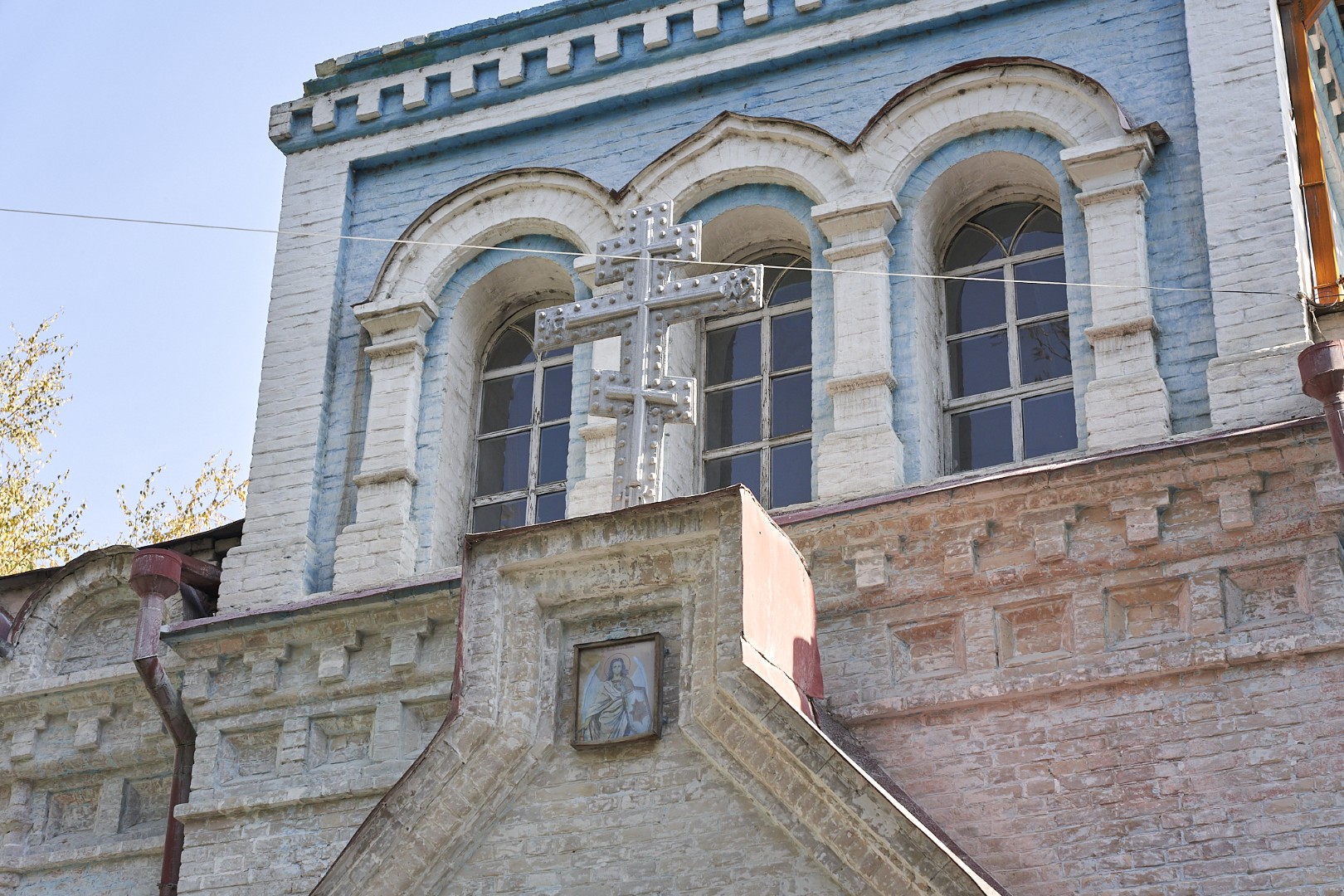
Russian Orthodox Church
St. Michael the Archangel Cathedral is the only remnant of Russian Orthodox architecture in Osh and was the central landmark around which the Slavic community…
